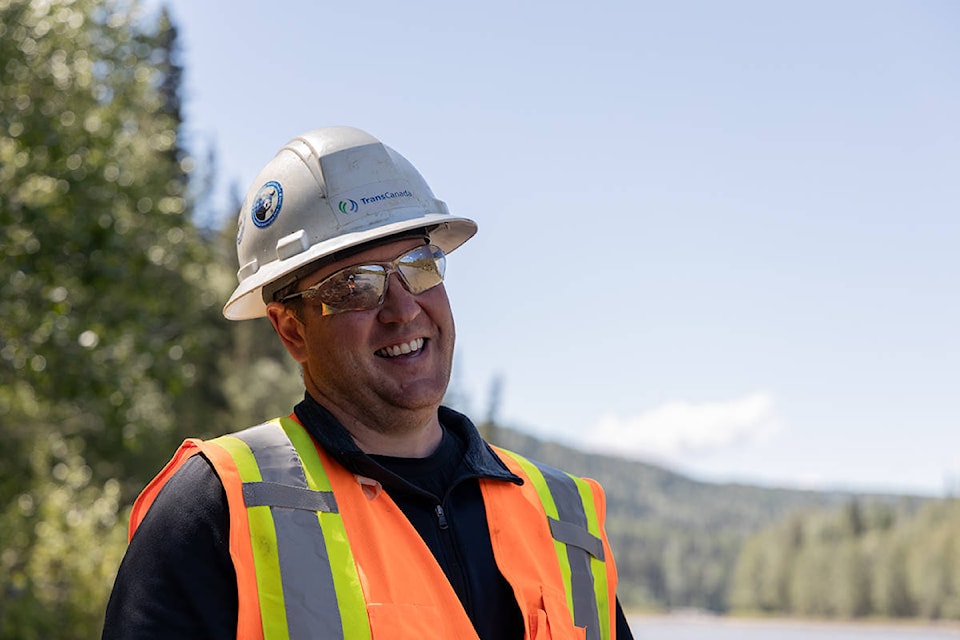Last month, Coastal GasLink completed the largest trenchless water crossing of the project with zero safety incidents. The 1.3-kilometre section of 48-inch pipe weighs over 1.2 million pounds and is the largest of its kind for TC Energy and one of the longest in North America.
Such an engineering feat was pulled off thanks to the hundreds of dedicated people working on the project, and the use of the Horizontal Directional Drilling (HDD) method, an advanced trenchless water crossing technique employed by Coastal GasLink and its contractors.
The Murray River crossing marks the fourth successful trenchless water crossing for the project, with several more underway this year.

“We take protecting watercourses very seriously, both because of their intrinsic environmental value and also because they support the diverse communities Coastal GasLink passes through,” said Adair Rigney, Coastal GasLink’s team lead of environmental planning & permitting.
“Before construction begins, we gather extensive information through a variety of assessments to select the safest and most appropriate water crossing method. Everything from water flow, bank stability, fish presence and habitat, constructability, and regulatory requirements are carefully considered,” added Adair.
There are several options for crossing a water body. Trenched crossings require excavating a trench to install the pipeline, while trenchless crossings allow pipe to be installed under the water body without affecting the bed or banks of the river or stream.
Aside from the HDD method employed at the Murray River, Coastal GasLink also uses other advanced trenchless crossing techniques, such as Direct Pipe Installation (DPI) and micro-tunneling. Each method is uniquely suited for the environment it’s deployed at.
“By using HDD at Murray River, we’re able to minimize our footprint, especially around the riparian areas of a major watercourse, reducing our environmental impact,” explained Jeff VanHeukelom, Coastal GasLink’s Lead Environmental Inspector for Work Package 1.
During construction in and around fish bearing water crossings, Environmental Inspectors like Jeff and crews of water quality monitors collect regular water quality readings so they can monitor the effects of construction and take immediate corrective action, preventing potential impacts to the environment.
The work to monitor and protect watercourses and the environment doesn’t stop after construction is over. Once the Coastal GasLink project is completed and operational, our Operation Control Centre will monitor it 24 hours a day, 365 days a year. The project route will also be regularly monitored by aerial patrol, ground, and in-line inspection surveys.
“At the end of the day, it’s not just about our own legacy and reputation. There are many people who live on, and use this land to make a living, and we want to make sure we help protect what matters most to them,” said Jeff.
To learn more about how Coastal GasLink navigates water crossings, visit CoastalGasLink.com.
